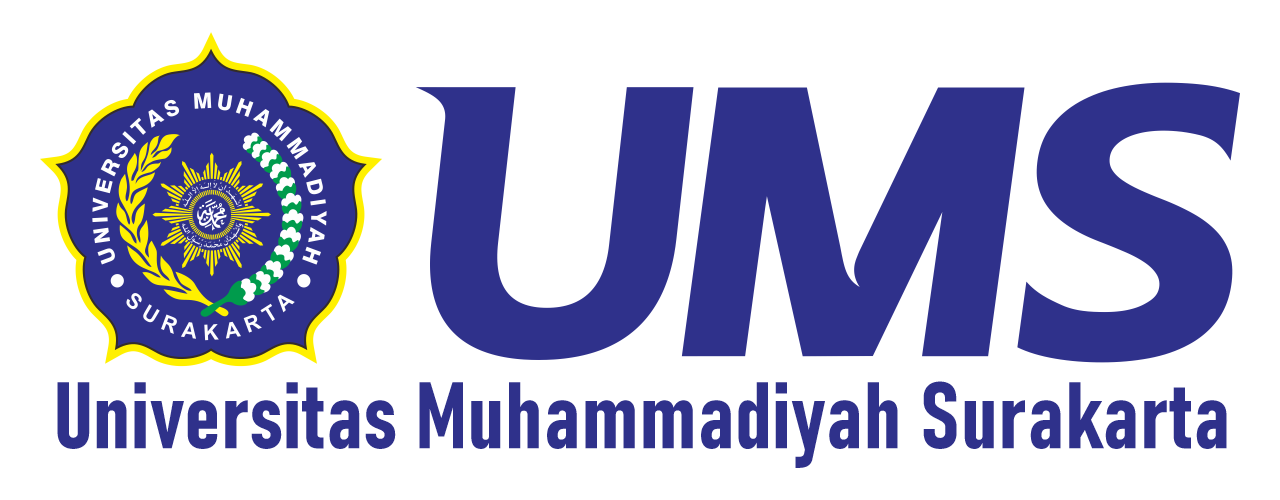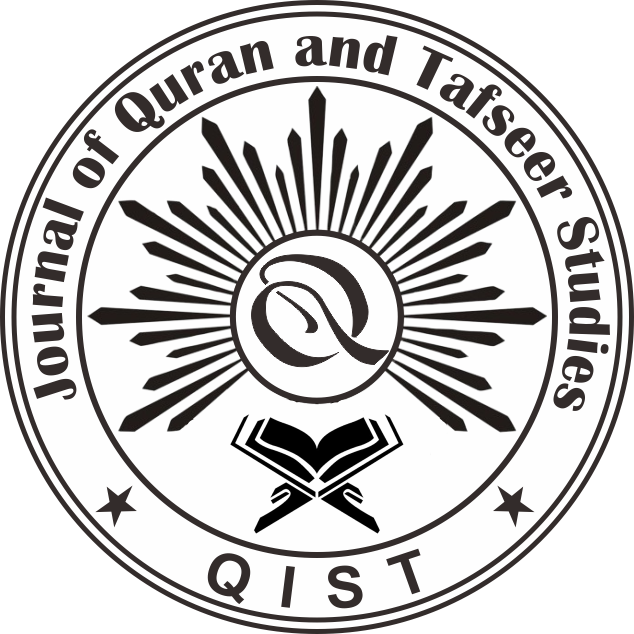HUMAN PIG HEART TRANSPLANT: APPLICATION OF ABDULLAH SAEED'S CONTEXTUAL APPROACH TO QS. AL MAIDAH VERSE 3
DOI:
https://doi.org/10.23917/qist.v2i2.1469Keywords:
Transplants, Contextualization, QS. al-Maidah: 3Abstract
This paper discusses the contextualization of QS. al-Maidah: 3 regarding pig heart transplants in humans. This practice has become an interesting and viral issue on social media because a few months ago in the United States there was a medical finding about a pig heart transplant in humans which was successfully tested on the world's first patient. In responding to this there are differences of opinion, some allow and do not allow, of course it is very much influenced by the understanding of the text. Therefore, it is very important to review the interpretation of the text using Abdullah Saeed's contextual approach. The results of this study: 1) From a linguistic analysis point of view, the word khinzir means pig. Judging from the micro-macro asbab an-nuzul, pigs are not found in the midst of the Arab nation's historical life. 2) the interpretation of scholars from generation to generation towards the word lahmun khinzir has two main points. First, it is forbidden to eat pork. Second, the use of pig heart valves as a substitute for diseased human heart valves can be justified in an emergency. 3) contextualization. The use of pig heart in human heart transplantation is prohibited as long as there are other efforts that can be cured medically. However, if it is an emergency in order to protect one's life, then it is permissible on the condition that the recovery can only be done by means of a transplant and only done by a trusted specialist doctor.
References
al-Baqi, Muhammad Fuad 'Abd. Mu'jam al-Mufahras li Alfaz al-Qur'an al-Karim, (Cairo: Darul Hadith, 1364).
al-Ashfahani, Ar-Raghib. Kamus al Qur'an, Jilid 3, Terj. Ahmad Zaini Dahlan (Depok: Pustaka Khazanah Fawa'id).
al-Qurthubi, Syaikh Imam. Tafsir al-Qurthubi, Jilid 2, Terj. Fathurrahman, Ahmad Hotib, (Jakarta: Pustaka Azzam, 2007).
Aibak, Kutbuddin. Kajian Fiqh Kontemporer (Yogyakarta: TERAS, 2009).
Anbiya, Fatya Permata, Rani Andriani Koswara and Yelvi Andri Z, Kamus Saku Inggris-Indonesia; Indonesia-Inggris, (Jakarta: TransMedia, 2013).
ath-Thabari, Abu Ja'far Muhammad bin Jarir. Tafsir ath-Thabari, Jilid 8, Terj. Akhmad Affandi, (Jakarta: Pustaka Azzam, 2008).
az-Zuhaili, Wahbah. Tafsir al-Wasith Jilid 1 (Al-Fatihah – at-Taubah), Terj. Muhtadi dkk (Jakarta: Gema Insani, 2012).
Encyclopedia Hadis versi Android Application – Book of 9 Imams.
Hamka, Tafsir al-Azhar, Jilid 3, (Singapura: Pustaka Nasional PTE LTD, 2007).
Hunter, Jack. "Cangkok Jantung Babi ke Manusia Berbuah Kontroversi, dari Masalah Etis hingga Agama," in https://www.bbc.com/indonesia/dunia-59962171/ accessed 20 December 2022.
Hiti, Philip K. History of The Arabs, Terj. R. Cecep Lukman Yasin dan Dedi Slamet Riyadi, (Jakarta: PT Serambi Ilmu Semesta, 2006).
Imam Suyuthi, Asbabun Nuzul: Sebab-sebab Turunnya Ayat al-Qur'an, Terj. Ali Nurdin, (Jakarta: Qisthi Press, 2017).
Ibn Katsir, Tafsir Ibnu Katsir, Jilid 3, Terj. M. Abdul Ghoffar, (Bogor: Pustaka Imam asy-Syafi'I, 2003).
Ilham, Muhammad, Lisda Ariany and Kaharuddin, "Transplantasi Babi dalam Perspektif Al-Qur'an (Studi Analisis Tafsir Quraish Shihab dan Ibnu Katsir)," Al-Qalam: Jurnal Ilmiah Keagamaan dan Kemasyarakatan 16, no. 5, (2022): 1911-1920, doi: 10.35931/aq.v16i5.1407.
Jenihansen, Ricky. "Pertama di Dunia, Transplantasi Jantung Babi Pada Manusia Berhasil," in https://nationalgeographic.grid.id/read/133088494/pertama-di-dunia-transplantasi-jantung-babi-pada-human-berhasil?page=all/ accessed 20 December 2022.
Nawawi, Imam. Majmu' Syarhul Muhadzab, jilid. 16, (Daar 'Alaamil Kutub, Saudi Arabia).
Nata, Abuddin. Masail Al-Fiqhiyah (Jakarta: Kencana Prenada Media Grup, 2014).
Nurmansyah, Ihsan. "Dialektika Tafsir dan Kemajuan Pengetahuan dalam Transplantasi Organ Babi Pada Manusia," Jurnal Studi Ilmu-Ilmu al-Qur'an dan Hadis 21, no. 1, (2020): 1-22, doi: 10.14421/qh.2020.2101-01.
Putri, Aliffia Setyawibowo, Piping Ardiato, Alessandro Melanio Putra Pratama, Faridita Khoirun Nisa, Ryllia Nurul Ash Shiddieqy, Nur Azhari and S. Sulistyani, "Xenotransplantasi Organ Babi dalam Tinjauan Bioetik, Hukum Negara, dan Maqosid Syariah," Proceeding Book Call for Papers Fakultas Kedokteran Universitas Muhammadiyah Surakarta (Thalamus), (2021).
Qotadah, Hudzaifah Achmad and Maisyatusy Syarifah, "Pig Kidney Xenotransplantation As An Alternative Solution Of Hifdz Al-Nafs," International Journal of Islamic Khazanah 12, no. 2, (2022): 94-102, doi: 10.15575/ijik.v12i2.17358.
Saeed, Abdullah. al-Qur'an Abad 21: Tafsir Kontekstual, Terj. Ervan Nurtawab, (Bandung: PT. Mizan Pustaka, 2015).
Shihab, M. Quraish. Tafsir al-Mishbah: Pesan, Kesan dan Keserasian al-Qur'an, Volume 3, (Jakarta: Lentera Hati, 2009).
Undang-undang Republik Indonesia Nomor 23 Tahun 1992 Tentang Kesehatan dan Undang-undang Republik Indonesia Nomor 29 Tahun 2004 Tentang Praktik Kedokteran, (Jakarta: Visimedia, 2007).
Zuhdi, Masyfuk. Masail Fiqhiyah: Kapita Selekta Hukum Islam (Jakarta: PT. Toko Gunung Agung, 1997).
Downloads
Submitted
Accepted
Published
How to Cite
Issue
Section
License
Copyright (c) 2023 Ihsan Nurmansyah, Sherli Kurnia Oktaviana, Muhammad Adam Abd. Azid

This work is licensed under a Creative Commons Attribution 4.0 International License.














